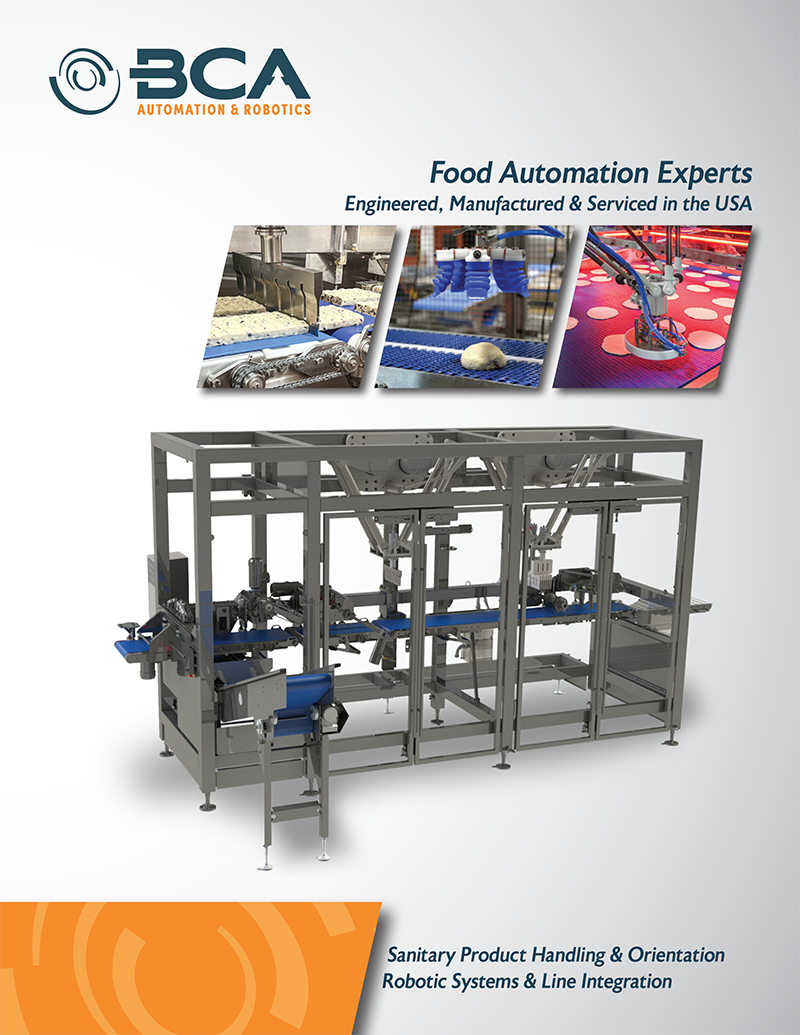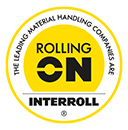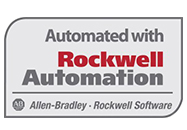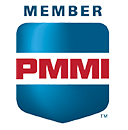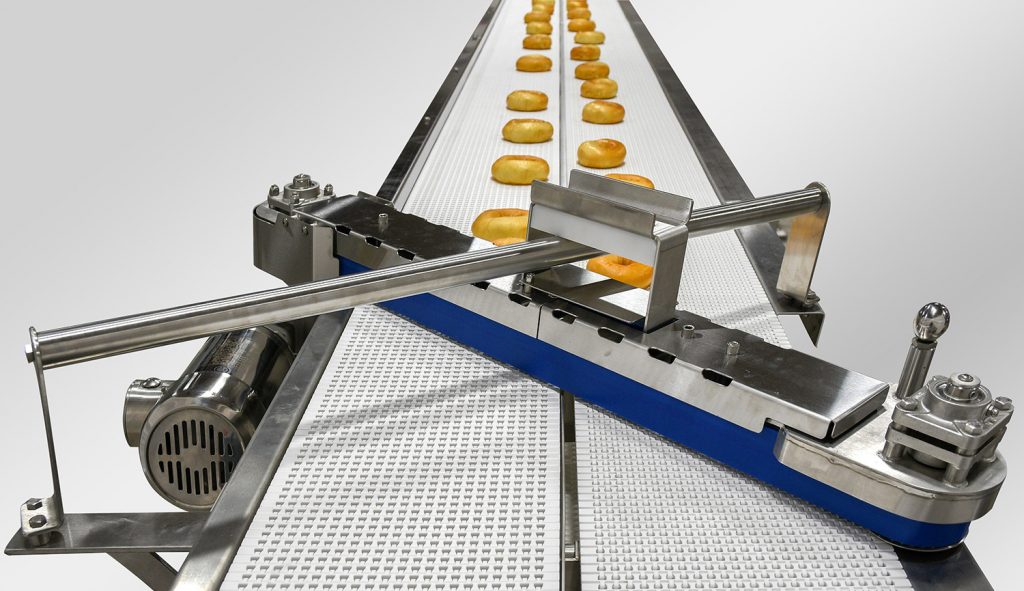
Choosing a conveyor
The conveyor someone chooses is dependent on the product they’re producing and what speed they’re trying to move their materials. If you purchase the correct equipment at the beginning, generally that equipment is going to last a lifetime. Even as you reconfigure lines, that equipment can be reused or joined to an existing line to accommodate growth."
Nate Tennant
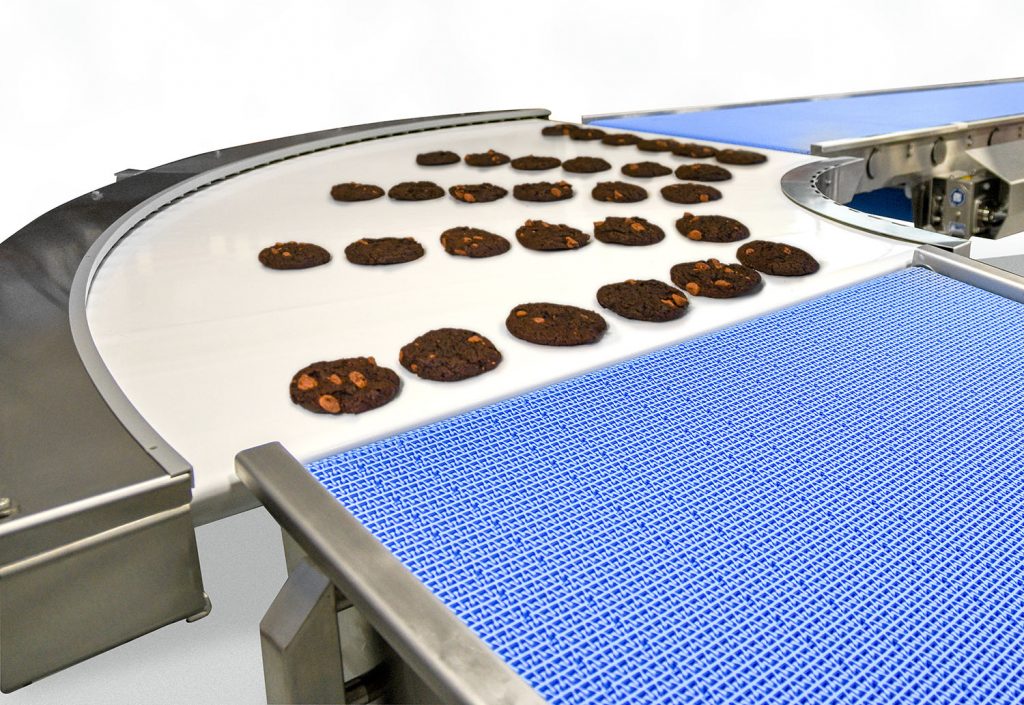
Today’s conveyors have improved food safety features such as stainless-steel construction, polyurethane belts, and full washdown capabilities.
Food safety focus
Energy savings and automation
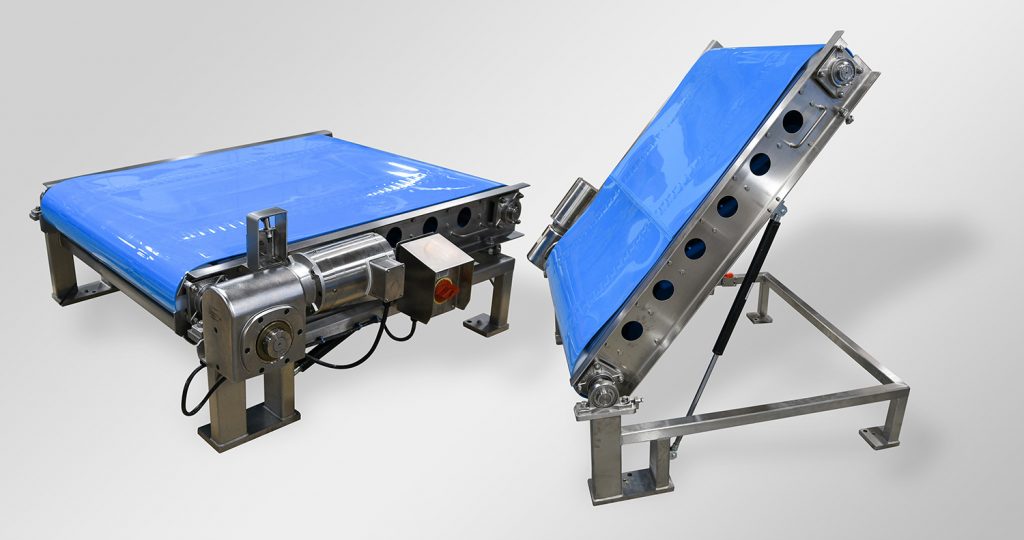
There are more than a dozen types of conveyors for dry food processing today. A company looking to purchase one should first consider the type of product they produce, how fast they want to move it through the line, and how fragile those items are.
Room to grow
Originally posted on ProFood World

